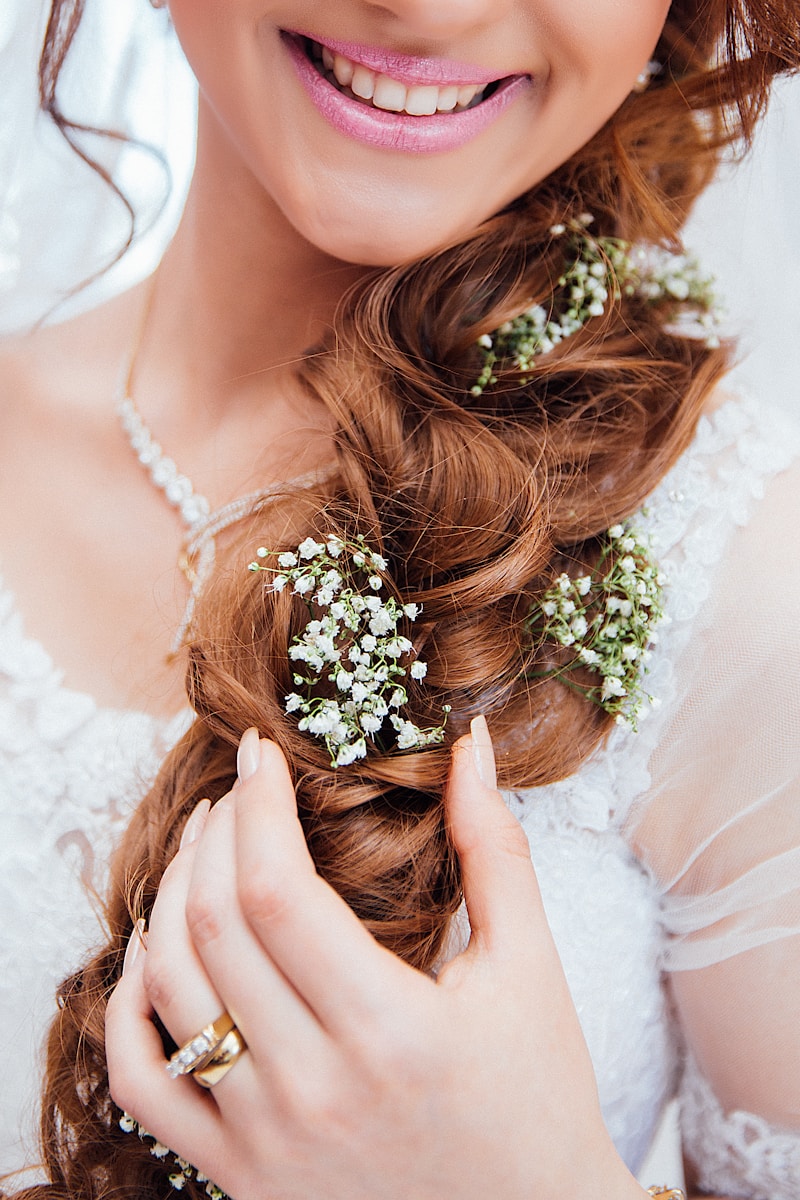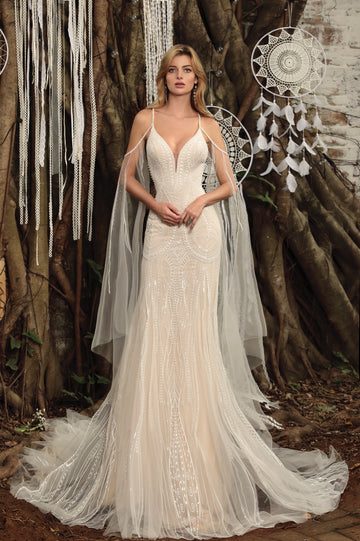Understanding the Importance of Bridal Gown Fabrics: A Comprehensive Guide for Every Bride
Understanding the Importance of Bridal Gown Fabrics: A Comprehensive Guide for Every Bride
Choosing the perfect bridal gown is one of the most exciting parts of wedding planning, but many brides overlook a critical aspect of their gown: the fabric. Understanding the importance of bridal gown fabrics can make or break your wedding day experience. This article will explore various bridal gown fabrics, their characteristics, and tips for choosing the right one for your special day.
Why Fabric Matters in Bridal Gowns
Your bridal gown isn’t just a pretty dress; it’s a statement piece that reflects your style and personality. The fabric you choose plays a vital role in how the gown looks, feels, and holds up throughout the day. Factors such as comfort, draping, and weight are heavily influenced by the fabric, affecting your overall experience, from the ceremony to the reception.
Key Factors to Consider When Choosing Bridal Fabrics
| Factor | Description | Examples of Fabrics |
| Comfort | The fabric's texture and breathability affect how comfortable you feel. | Satin, Cotton, Tulle |
| Draping | How a fabric falls on your body influences the gown's silhouette. | Chiffon, Taffeta |
| Weight | The weight of the fabric affects how the gown feels and moves. | Crepe, Organza |
| Seasonality | Different fabrics work better in different seasons. | Silk for summer, Velvet for winter |
Common Bridal Gown Fabrics
Now that we understand why fabric is important, let’s explore some common bridal gown fabrics you might encounter:
1. Satin
Satin is a luxurious fabric often favored for its smooth finish and elegant sheen. It drapes beautifully and adds a touch of sophistication to any gown. Ideal for formal weddings, satin is available in various weights, making it suitable year-round. However, its heavier weight may not be the best choice for a summer wedding.

2. Chiffon
Chiffon is a lightweight, sheer fabric that provides a romantic and ethereal look. It is perfect for layering and can be used for flowing skirts or delicate overlays. Chiffon's breathability makes it an excellent choice for warm-weather weddings, but keep in mind that it can be less forgiving if you desire a structured silhouette.
3. Tulle
Tulle is a light, net-like fabric often used for skirts and veils. It adds volume and drama to a gown, making it popular for ball gown styles. While tulle can be scratchy, many designers offer softer versions that are more comfortable against the skin. It’s perfect for creating whimsical, fairy-tale looks, especially in spring or summer weddings.
4. Lace
For brides looking for a timeless and delicate touch, lace is an excellent choice. This fabric showcases intricate designs and patterns, adding depth and texture. Bridal lace comes in several styles—Alençon, Chantilly, and Guipure, to name a few. Lace can be used as an accent or the primary fabric for the gown, making it versatile for different wedding themes.
5. Organza
Organza is often confused with tulle, but it is a much sturdier fabric. It is crisp, sheer, and can hold its shape beautifully, making it suitable for structure and style. Organza can add a luxurious touch to any gown and is often used for overlays or skirts. It’s best used in spring or summer weddings for a fresh look.
How Fabric Affects Your Wedding Day Experience
The fabric you choose for your bridal gown can significantly affect your overall experience on your wedding day. Here are some aspects to keep in mind:
1. Comfort and Fit
Your gown should be comfortable enough that you can move freely throughout the day. Fabrics like cotton and lightweight satin may be less restrictive than heavier materials such as velvet or brocade. Be sure you can sit, dance, and enjoy your day without worrying about discomfort.
2. Weather Considerations
Consider the season when choosing fabric. A heavy silk gown may not be suitable for a summer wedding, while a lightweight chiffon dress may not keep you warm enough for a winter ceremony. Check the weather forecast too, as unexpected climate shifts can affect your comfort.
3. Care and Maintenance
Different fabrics require different levels of care. Satin may stain easily, while tulle can snag if not handled carefully. Consider your wedding venue and reception activities; choose a fabric that will withstand the day’s events without losing its charm.
Final Thoughts and Recommendations
Understanding the importance of bridal gown fabrics is crucial when selecting the perfect dress for your special day. Your fabric choice should reflect your personal style, while also considering comfort, climate, and care needs. As you embark on your dress journey, don't hesitate to explore options, ask questions with designers, and prioritize what feels right for you.
In conclusion, whether you opt for the luxurious feel of satin, the romantic layers of chiffon, or the intricate patterns of lace, the fabric you choose will significantly impact your overall wedding experience. So take your time, feel each material, and choose the one that speaks to your heart and suits your day!
Remember, the right fabric will not only enhance your beauty but will also ensure a memorable and comfortable wedding day experience!
